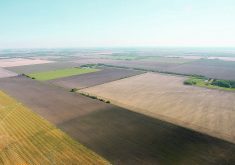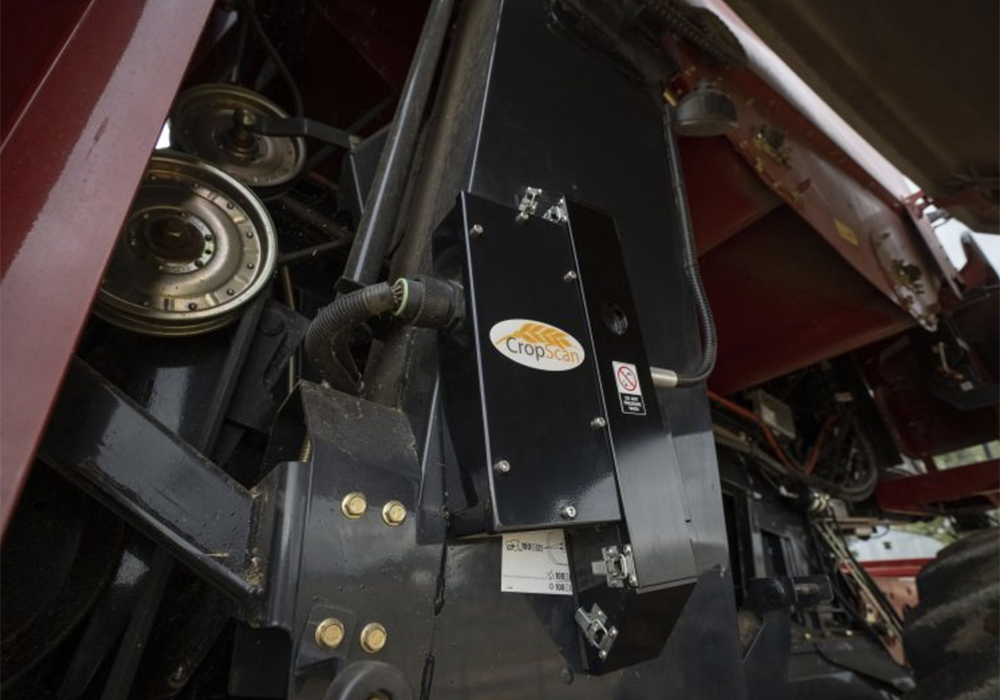CHICAGO — Pundits say the United States is experiencing another farmland bubble, but two agricultural economists say if it bursts, it won’t be anything like the one in the 1980s.
Average Iowa farmland values are estimated at $6,708 per acre this year, according to a survey conducted by Iowa State University. It’s an increase of 32.5 percent from 2010.
It is also the highest percentage increase recorded by the survey and the highest inflation-adjusted average land value since 1979, which was at the tail end of a 10-year run-up in farmland prices preceding the crash of 1981.
Read Also

Important to write farmland rental agreements properly
Are you considering renting out your farmland? If so, there are important tax considerations when making this decision. The rental…
“This rate of increase has led to concerns that farmland may be the next speculative bubble. Some people feel farmers are setting themselves up for a fall similar to the 1980s,” said Mike Duffy, the economist who conducted the survey.
But two Kansas State University agricultural economists recently told DTN’s Ag Summit that they don’t share those concerns.
“We can’t say that something can’t go wrong, but it’s not going to look like the 1980s. There are too many things that are different,” said Terry Kastens, professor emeritus of agricultural economics at KSU.
The inflation rate in the 2000s was one-third of what it was in the 1970s, interest rates are much lower and returns on farmland are one-half.
Kevin Dhuyvetter, extension agricultural economist at KSU, said today’s farmers are not as debt-laden as they were in the 1970s, many have locked in interest rates and there is growing world demand for the products they produce.
Strong demand from the ethanol sector and international customers has pushed Iowa corn prices to $6 per bushel, which is triple what they were in 2005. Soybean prices have risen to $11.40 from $5.54 over the same period.
Farmers are leery about expanding their operations when land values are at historic highs, despite the strong fundamentals for agricultural commodities.
They need some way to predict where farmland prices are heading.
Kastens said there is a 95 percent correlation between farmland values and corn revenue, but predicting where corn prices are going is no easier than guessing the trajectory of land values.
Dhuyvetter said the ratio of rent-to-land value used to be the best predictor of what was to come. When the ratio fell below six percent, it was a good indicator that land was over-priced and could be on the way down.
For instance, land prices crashed when the ratio dropped below five percent in Iowa in the early 1980s.
The ratio bounced back to 10 percent as prices plummeted.
However, the ratio hasn’t been as reliable of late. It has been below six percent since the early 2000s and is now below four percent, yet land prices continue to rise.
Farmland has been a good investment, generating an average return of 11.52 percent in the 39 agricultural states during the period between 1951 and 2010. That compares to an 11.81 percent annual return in the stock market over that same time frame.
The comforting thing about investing in farmland is that the price volatility has been minimal compared to the stock market.
However, farmers have legitimate concerns about being caught on the wrong side of the market. Dhuyvetter said they can minimize those concerns by not using much debt to finance the purchase and by not overpaying for the land.
Kastens said paying too much for land is a worse sin than over-leveraging the purchase, but farmers have a track record of doing just that. They get caught up in the emotion of bidding, overvalue certain aspects such as proximity or become tired of missed opportunities or of looking for too long.
Kastens and Dhuyvetter have developed a complicated spreadsheet to help farmers decide what they should pay for land so they can make decisions based on numbers rather than emotions and minimize the impact of a price crash when it happens.
But it might not be for a while yet.
“We’re probably near the top, but no crash is on the horizon,” said Kastens.

















